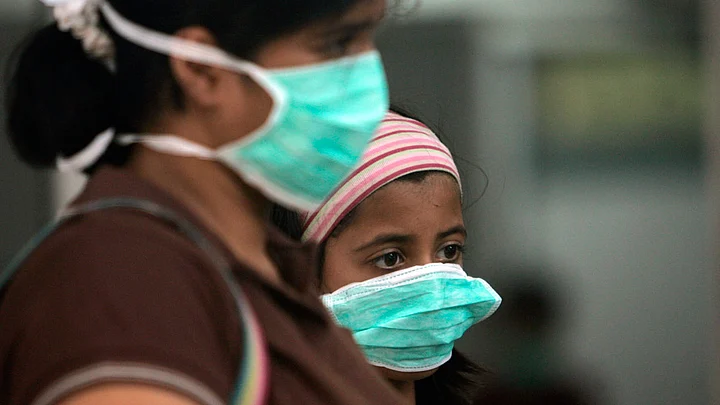A long awaited study by IIT Kanpur has revealed shocking-yet-unsurprising details of the highest pollutants in the capital city. This 300-page report titled, ‘Source Apportionment Study of PM2.5 and PM10’ is likely to affect several policies on pollution control, The Economic Times reports.
The numbers show that just cars and jeeps account for 10% of the pollutants — particulate matter, or PM — that get released into the air. These pollutants are of two types, PM 10 and PM 2.5, both of which are deadly.
Road dust and construction dust are the biggest contributors to PM 10 and PM 2.5 as per the draft report from IIT-Kanpur — their contribution in PM 10 is up to 50%. In PM 2.5, trucks contribute the most among vehicles — up to 46%.A top Delhi official, to The Economic Times
According to the study, though vehicles contribute to 40% of the emissions, the other major contributor to air pollution is road dust, which accounts for a solid 35% of PM in the air. Other contributors are domestic cooking, power plants, industries in general and a lot of times, crop burning.
What this means is that there can be no single solution, such as the odd-even usage of cars, to Delhi’s air pollution crisis. Rather, any attempted solution will demand a hybrid approach.
Congestion tax and others are more regulatory in nature but the solutions proposed like replacing of Euro IV by Euro VI may prove to be game changersAshwani Kumar, Environment Secretary
The IIT Kanpur study in fact recommends the introduction of Euro VI emission norms.

Meanwhile, the Business Standard reports, that the IIT-Kanpur study also says that pollution in Delhi cannot be treated in isolation, and that any solution will need to take into account sources contributing to pollution in and around a 300-km radius of the city, which automatically factors in crop burning.

The World Health Organization recommends that the level of fine particulate matter in the air must be less than 25 micrograms per cubic meter. Delhi has been recording very high levels, often times reaching the ‘severe’ category. This poses the greatest health hazards, as it can lead to pollutants getting embedded in the lungs and even entering the bloodstream.

The Delhi government, according to the Business Standard, has welcomed the suggestions in the study as they are more “constructive” as it focuses on ‘dos’ rather than ‘dont’s’.
(With inputs from agencies.)
(At The Quint, we question everything. Play an active role in shaping our journalism by becoming a member today.)
